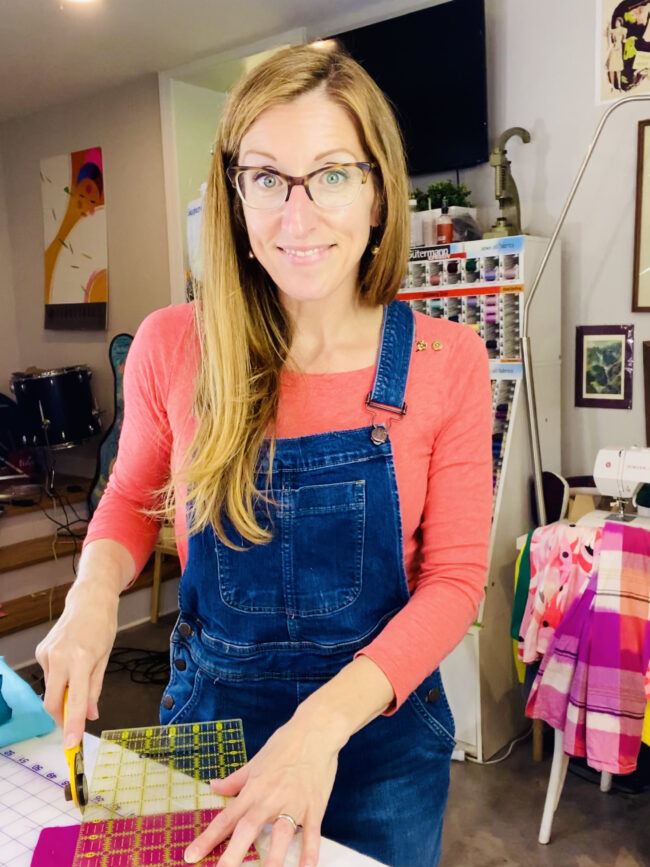
All The New Stitchers
COVID changed the entire world in 2020, in almost exclusively grueling ways–but as a life-long Aggressive Optimist (TM), I have looked for AND FOUND so much to be grateful for over the years since the US first entered lockdown. I see more value placed on healthy relationships, more time invested in making ourselves the best version of our Selves we can be, and more interest in seeking out opportunities to express what’s happening in our internal life, while improving the world outside us.
I feel comfortable pointing out that all of us agree: these are GOOD THINGS.
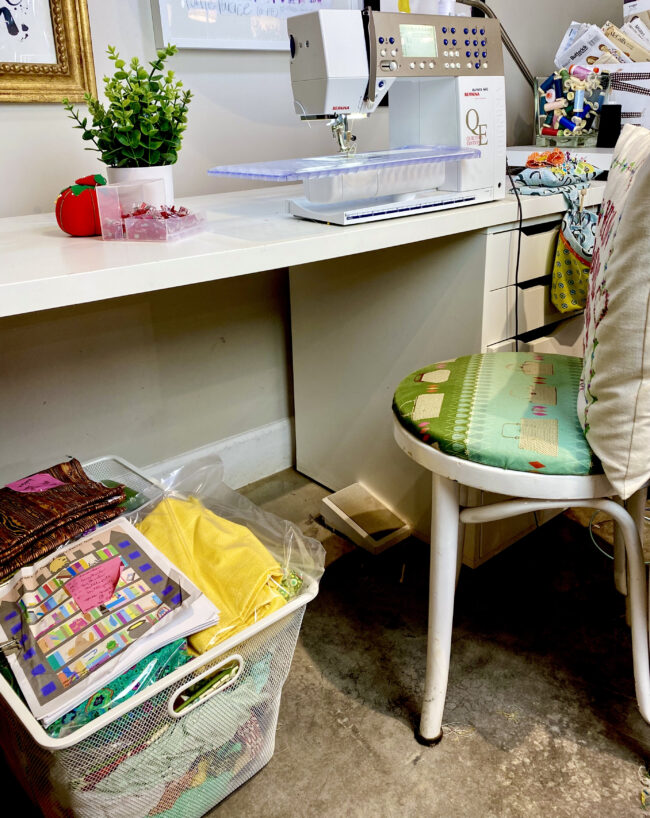
Neighbors are looking for chances to connect with neighbors. Parents and partners are doubling-down on the best parts of their relationships, and looking honestly at the parts that need revision and rehab. The major social media trend this year? Fitness apps & influencers, as people work to take better care of their outsides–and mental health apps, as people seek to take care of their insides. And the biggest retail shopping trend this year? Fitness trackers, because we want to know we’re putting our efforts in a place they can pay off, measurably.
I’m also pretty stoked to see how many people came to, or came back to, sewing while under lockdown. My Murder Mystery Quilt members boast nearly 40% new/er quilters, ranging from folks who have never make a SINGLE quilt before, to folks who learned to use their machine under lockdown and want to explore new chances to have fun with it and make friends.
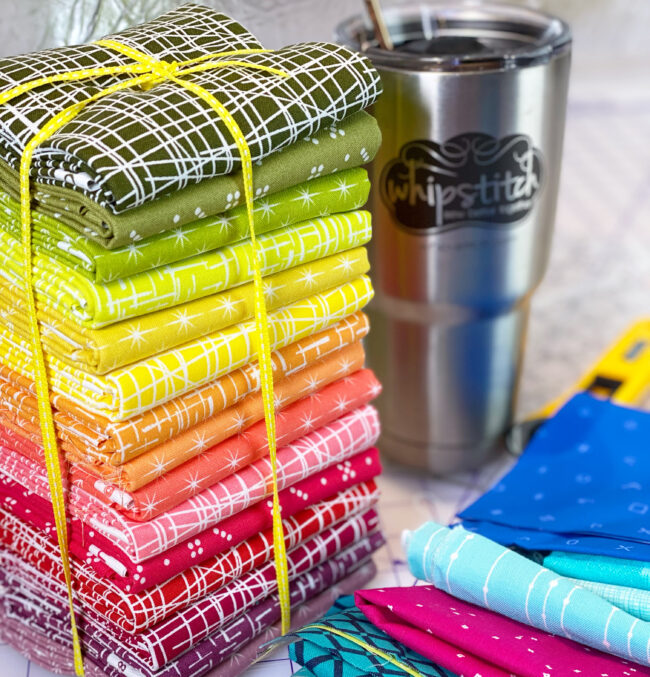
How To Get (Back) Into Sewing
I have this surprising THRILL when I see all these new folks taking up the sewing machine. Almost maternal? Like, I’m SO EXCITED for all of them, I can’t wait to see what they’ll make, I can’t wait to fold them all into my secret agenda of getting every human on the planet to sew as an avenue to greater joy & relational connection, and I don’t want to tip my hand too much and scare them off but I also am really chomping at the bit to get them sewing sooner and MORE.
That’s ALL STILL TRUE for folks who used to sew, or who “kinda” sew, or who learned a long time ago and drifted away but now feel the pull back to re-discover their machine under lockdown.
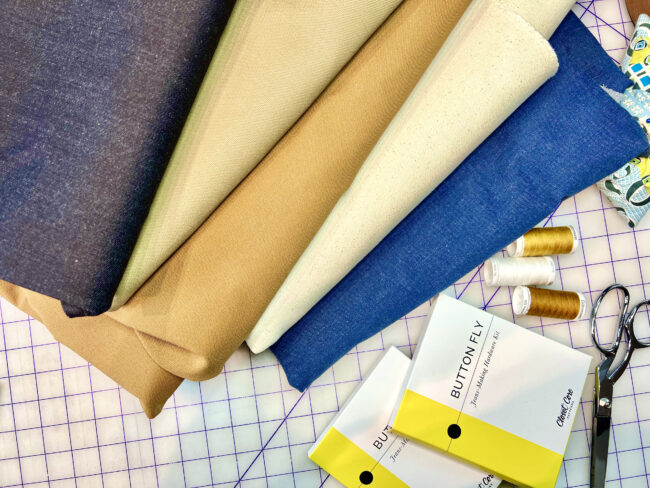
All The Returning Stitchers
Whether you’re brand-new to sewing or coming back to it, part of the package is that the “new”ness lasts for only so long–and then we need something other than that first burst of serotonin to keep us learning and growing. Seeing all the new members at The Murder Mystery Quilt and at the League of Dressmakers, my mind goes back to the times when I wasn’t inspired AT ALL to sew. When I was stalled or stuck or listless, when I struggled to get excited. When all I could do was LOOK at my machine, but not really desire to make anything,
Struggling to know WHERE TO START SEWING happens at lots of stages in developing as Someone Who Sews: when sewing is brand-new, and we don’t know how to begin or where to enter the water; when sewing is still unfamiliar, and we don’t feel confident just leaping and trying new things; when sewing is something we used to turn to for comfort but we can’t seem to find the joy we used to discover there; and even when sewing has become a snooze, and we wish it was exciting and thrilling like it once was.
I’ve taught sewing for a very long time, and I’ve THOUGHT about sewing for even longer. So here are my suggestions, born from seasons of deep listlessness and lack of inspiration, for how to get started sewing or how to get BACK into sewing, when you aren’t quite sure how to begin.
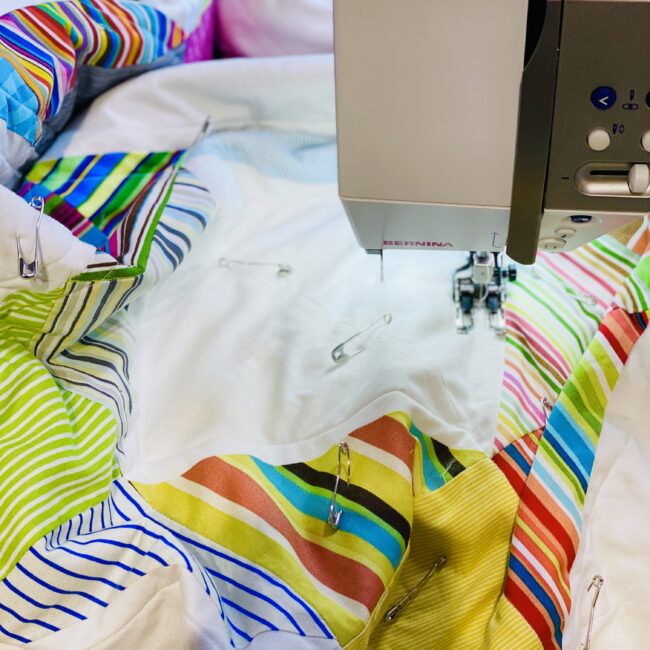
In No Particular Order:
- BRUSH UP ON YOUR BASICS: In many circumstances, a sense of insecurity or ennui can be cured with a trip back to the very beginning. When sewing, and especially for those of us who learned a lot of our sewing skills on an ad hoc basis–acquiring skills only as we needed them to sew a particular project–we had a spotty education filled with donut holes. Filling in those gaps can lead us down all kinds of rabbit holes, to new and interesting projects. Work on mastering a consistent seam allowance, or cutting really well–even sewing in a straight line, every time. Practice with small patterns that require a skill you haven’t nailed yet, like zippers with tabs or piping. Make one basic project over and over until you can anticipate your own trouble spots and smooth out your technique. Search out core skills you know are weak for you and tackle THOSE, on purpose (the How To Sew video series is a great resource for that, based on my first book Stitch By Stitch).
- PLAY & PUTTER: When we don’t know where to start, sometimes that’s a GREAT CHANCE to start where we actually are! I rarely gave myself time to play, just PLAY, when I have Important Projects On My List. But having NO list can also give us a chance to play with shapes or ideas that have less risk: if we’re just experimenting, then there is no “failure,” just chances to grow. Play IS learning, and puttering gets a bad rap as “wasted time,” but how many great ideas has each of us had when flipping through pages of a magazine, or browsing the grocery store, or just shooting the breeze with friends? That’s how kitchens get painted and great meals get cooked and dinner parties are planned–by letting ideas flow without agenda. The same is true with sewing, and often just getting out beautiful fabrics and running our fingers over them can spark a creative fire.
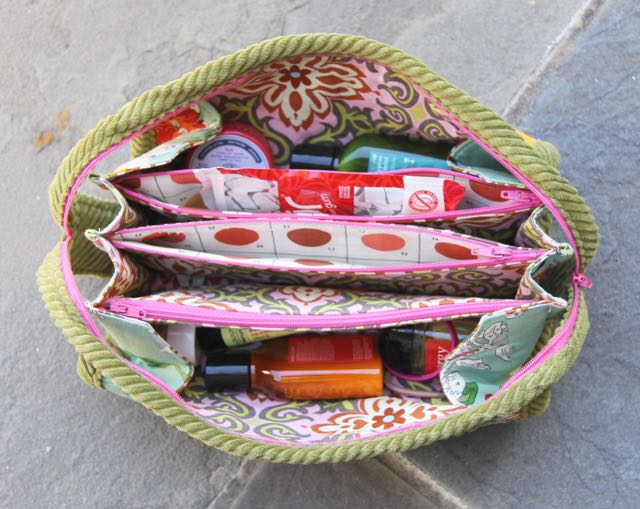
- EXPECT IT TO TAKE TIME: I get discouraged when I encounter something new, something I can’t do right away. When I was ten, I wanted to learn to ice skate–and hated that it made my inner thighs sore, so I quit. Sewing? That requires time, too. Time to try something one way, see if it works, then try it another way, and see if it works better. The most frustration I have witnessed, in myself or in students, has always been the result of wanting to get better NOW, and it was always eased with the message that where we are is the RIGHT PLACE for where we’re going next. Don’t rush this step, or we slip and fall on the way. Most of us drive cars, and by the time we took our driving exam, we’d watched thousands of thousands of hours of someone ELSE driving, as a passenger. When you first sat at a sewing machine, how many hours had you observed of someone ELSE sewing? Zero? Maybe a dozen? You have no prior knowledge for sewing, and so it will require some hours invested to get your brain into the sewing groove–it’s all fertilizer for growth. Release yourself from the expectation that you SHOULD BE ABLE TO and simply accept: I can’t YET, but I will SOON.
- DON’T WAIT FOR INSPIRATION: Somerset Maugham famously said, ““I write only when inspiration strikes. Fortunately it strikes every morning at nine o’clock sharp.” During extended bouts of listlessness and low motivation to sew, no amount of encouraging self-talk could get me moving. I found myself sitting in front of my screen–big or small–witnessing how much other folks were getting sewn, and it pulled me deeper and deeper into a spiral where I thought I was the only person ever in the history of the world who had lost her vision. Obviously, that’s not true. Maugham’s advice is solid: even if we don’t feel INSPIRED, we can sit down at our machines and WORK. We can sew something practical, like placemats, for ourselves or as a gift. We can make items to donate, like Quilts of Valor or kits for Days For Girls. We can sew for the local high school theater production. Anything can fill in and get us sewing while we wait for a dream to form–even if it isn’t our DREAM project.
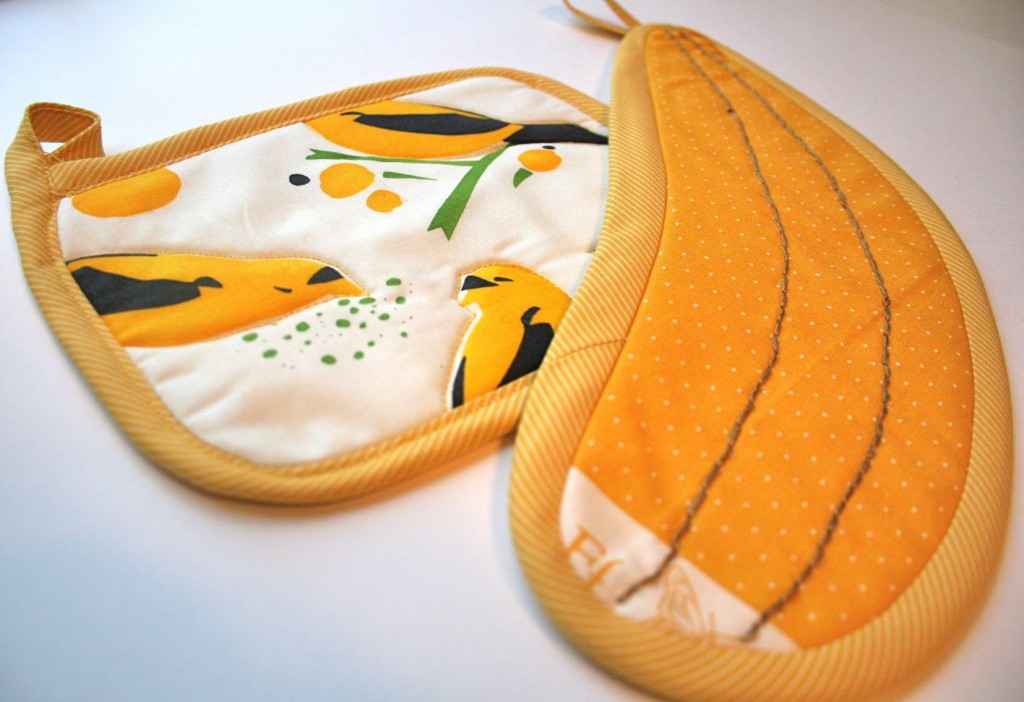
- MAKE SMALL PROJECTS with low expectations: Rather than expect ourselves to MAKE THE THING THE BIG BIG THING right now, we can make smaller projects that will fill a practical need in the moment. We can make a pot holder. Or a tote bag. Or a drawer organizer. We can make a set of cloth napkins. We don’t have to make an entire king-sized quilt to “be sewing,” we can sew small items that give us satisfaction as we master the skills and stir up our creativity. These have the added benefit of using smaller cuts of fabric, which can encourage us to dig through what we have stashed away–where, more often than not, inspiration was hiding all along.
- CATALOG your favorite finishes (even if they’re not yours): When small projects and sewing for others just won’t cut it, when I’m mired in the stuck feeling of wanting to sew something for myself but not sure what to make, I’ve found it really useful to get inspired by looking more closely at WHAT I ALREADY LIKE. I recommend this for members of the League of Dressmakers as a means of evaluating our wardrobes (an idea I wrote about in my Get Dressed To Stay Home series). We like what we like–and so many of us sewing clothing have had projects fail miserably because we ventured beyond what we will ACTUALLY WEAR AND LOVE. By making a mood board or picture album, or by sketching ideas on a croquis, maybe even cutting images from magazines, we can get a general sense of what we already like. Compare that to what’s in the closet, and we get an idea of what we LIKE BUT DON’T OWN. This can lead to very practical lists of sewing projects that will fill gaps in our wardrobes and really get loved–which is an inspiring idea, all by itself.
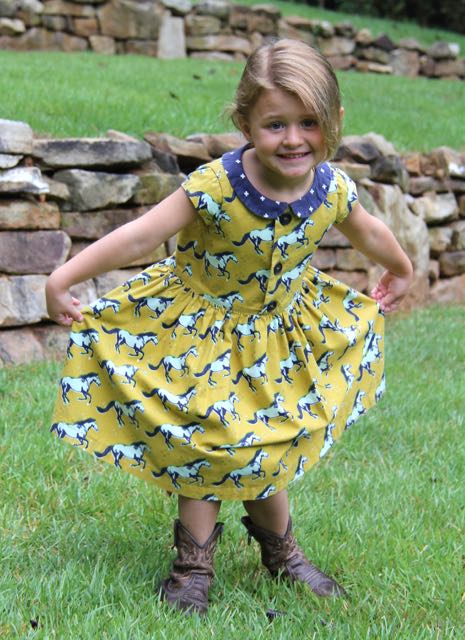
- DREAM DREAM DREAM (which is different from plan plan plan): Lastly, I recommend we all spend more time DREAMING. Not planning, which is a particular pursuit at which I wildly excel and that can take up days and days all on its own (whether the plans are enacted or not). Instead, I think we should all DREAM. What’s the WILDEST sewing project we can envision? A life-sized replica of the Statue of Liberty made entirely of recycled denim scraps?? Why not?? Sketch it out! Dream up ridiculous, absurd, wild projects and then see where the scaled-down version of that idea might lay. Runway shows are built around this concept all the time: the “couture” version, and the “off the rack” version of the same garment may have only the barest resemblance to one another, yet they are born from the same brain and the same concepts.
Whether you’re brand-new to the sewing machine, or you’re coming back after some time away, it can be hard to get going. Think of it like getting out of an actual rut in the road: you may need to rock gently back and forth, one step forward and one step back, to gain the momentum to get moving–and once you do, it’ll be SLOW at first. That’s OK. Any sewing project is a good sewing project, and I know what you sew next will be just the right project to meet you where you are,
Have fun sewing.

Laura Hernández
March 5, 2023 at 6:40 pmQué acertados tus consejos y muy realistas. Gracias. Después de dos años de no crear y sentarme a coser proyectos, tus comentarios me hicieron sentir ese empujoncito que a veces nos hace falta. Cuando te descubrí en la web buscando otro sitio me fascinó tu propuesta de quilt misterioso, tendré que esperar a 2024 para la nueva apertura.
SewingKevin
May 2, 2023 at 10:17 amGreat post on sewing patterns! As a fellow sewing enthusiast, I appreciate the effort you put into sharing your knowledge with the community. I love helping sewers like us find the best deals and reviews, which is why I want to share a resource that could be helpful to your readers. Check out Sewinglead.com for a variety of affordable options on sewing machines, patterns, and more. I hope my website helps our community to get the best deals and reviews. Keep up the great work!”